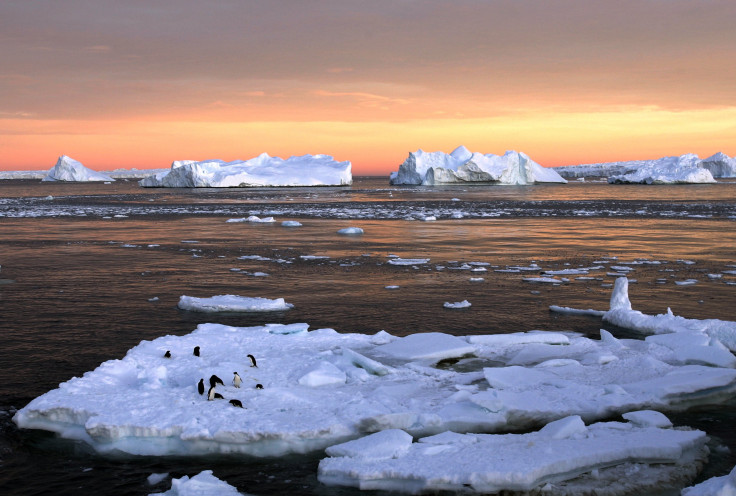Antarctic Sea-Level Rising Faster Than Global Rate, New Study Shows

Scientists have examined satellite data from the last 19 years to reveal that fresh water from Antarctica's melting glaciers and ice sheets have caused the sea level around the icy continent to rise by nearly 0.8 inches (2 centimeters) more than the global average of 2.3 inches (6 centimeters).
The scientists said, in a study published in the journal Nature Geoscience, that the melting of the Antarctic ice sheet and the thinning of floating ice shelves have led to an excess of nearly 350 gigatons of freshwater in the surrounding ocean, which has led to a reduction in the salinity of the sea water.
“Freshwater is less dense than salt water and so in regions where an excess of freshwater has accumulated we expect a localized rise in sea level,” Craig Rye, of the University of Southampton and the study’s lead author, said in a statement.
As part of the study, the researchers studied satellite scans of a region that spans more than a million square kilometers (about 386,000 square miles), or more than three times the size of the state of Virginia. In addition to satellite observations, the researchers also developed computer simulations of the effect of melting glaciers on the Antarctic Ocean to closely mirror the real-world picture presented by satellite data.
“The computer model supports our theory that the sea-level rise we see in our satellite data is almost entirely caused by freshening (a reduction in the salinity of the water) from the melting of the ice sheet and its fringing ice shelves,” Rye said.
According to the researchers, the interaction between air, sea and ice in these seas is vital for the stability of the Antarctic ice sheet and global sea levels. It also helps other environmental processes, such as the generation of Antarctic bottom water, which helps cool and ventilate the depths of the world's oceans.
“We can estimate the amount of water that wind is pushing on to the continental shelf, and show with some certainty that it is very unlikely that this wind forcing is causing the sea level rise,” Rye told BBC News. “And because we can model the freshwater forcing, and the fact that this is so much more like what we see in the real world, we can come to the confident conclusion that the signal is driven by freshwater forcing.”
© Copyright IBTimes 2025. All rights reserved.






















